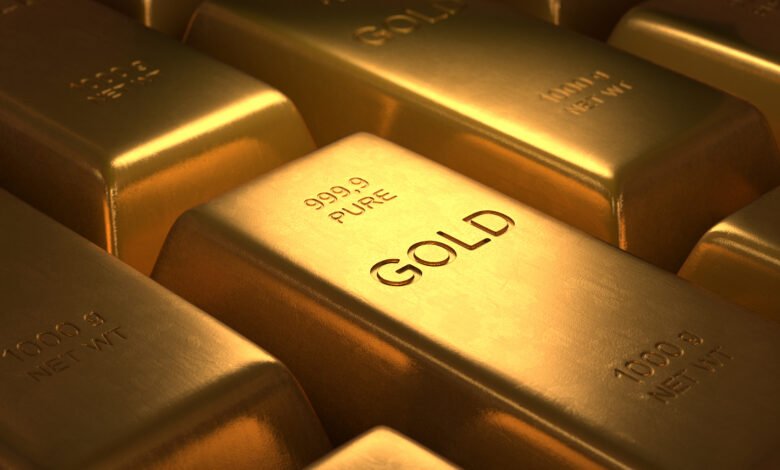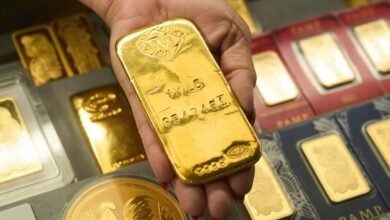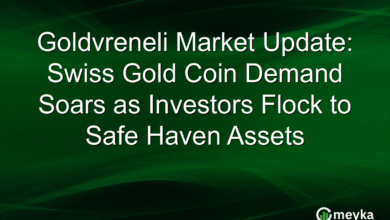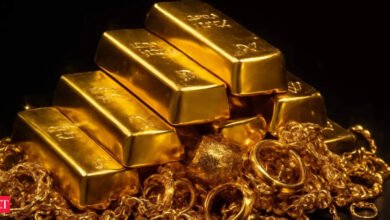this rally is driven by real demand.

①Goldman Sachs commodity strategist Lina Thomas stated that the current rise in gold prices is “still driven by fundamentals, not speculation”; ②Thomas cited the major gold bull market of the 1970s, indicating that gold prices still have “significant upside potential” in the future.
Cailian Press, October 19 (edited by Bian Chun) — Despite international gold prices having climbed continuously this year and currently hovering near record highs, Goldman Sachs believes there is still room for further increases. The bank recently noted that the current rally in gold prices is underpinned by actual demand.
Last Friday, spot gold briefly touched $4,380 per ounce, setting a new all-time high. As a safe-haven asset amid concerns about economic and geopolitical risks, gold has risen approximately 65% this year, potentially marking its strongest rally since 1979.
Although the remarkable surge in gold prices has raised concerns about speculative behavior, Goldman Sachs commodity strategist Lina Thomas stated in a recent video that the current rise in gold prices remains “driven by fundamentals, not speculation.”
“Central banks are still purchasing record amounts of gold, while private investors are catching up as the Federal Reserve cuts interest rates,” she said. “Therefore, after years of under-allocation, the current trend reflects more of a return to normalization rather than speculation.”
Thomas cited the gold rush of the 1970s (the major gold bull market) as an example, stating that gold prices still have “significant upside potential” in the future.
In the 1970s, following then-U.S. President Nixon’s decision to terminate the Bretton Woods system that pegged the U.S. dollar to gold, gold prices soared: from $35 in 1970 to $850 in 1980, representing an increase of over 2,300%.
At the time, after gold was decoupled from the U.S. dollar, prices surged significantly amid market volatility. This was driven by factors including soaring inflation, the oil crisis, and geopolitical concerns related to the Vietnam War and the Cold War.
“Back then, fiscal concerns and policy uncertainties prompted private investors to seek preservation instruments outside the system,” Thomas said. “If these concerns re-emerge, we may see an intensification of global diversification trends.”
Thomas also added that compared to the scale of the stock and government bond markets, the size of the gold market remains relatively small, which could lead to faster price increases for gold.
Earlier this month, Goldman Sachs raised its gold price forecast for December 2026 from $4,300 per ounce to $4,900, citing strong inflows into Western gold ETFs and continued robust demand from central banks.
Ray Dalio, founder of Bridgewater Associates and billionaire investor, recently expressed a similar view.
At an economic forum earlier this month, he noted that the surge in gold prices alongside the stock market was reminiscent of the situation in the 1970s.
Dalio also suggested that investors should consider allocating 15% of their portfolio to gold, calling it ‘an asset that performs exceptionally well when other typical parts of your portfolio decline.’






